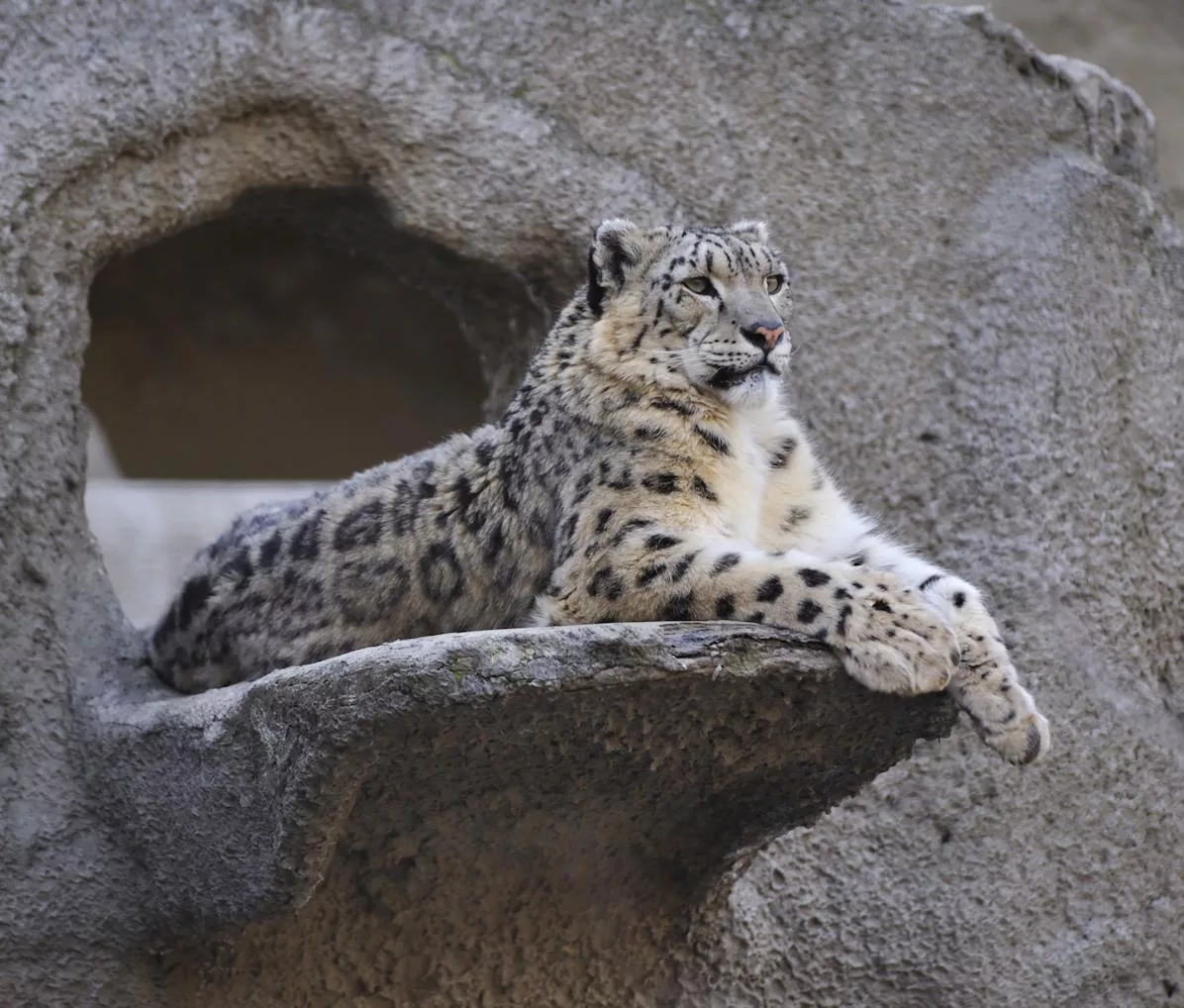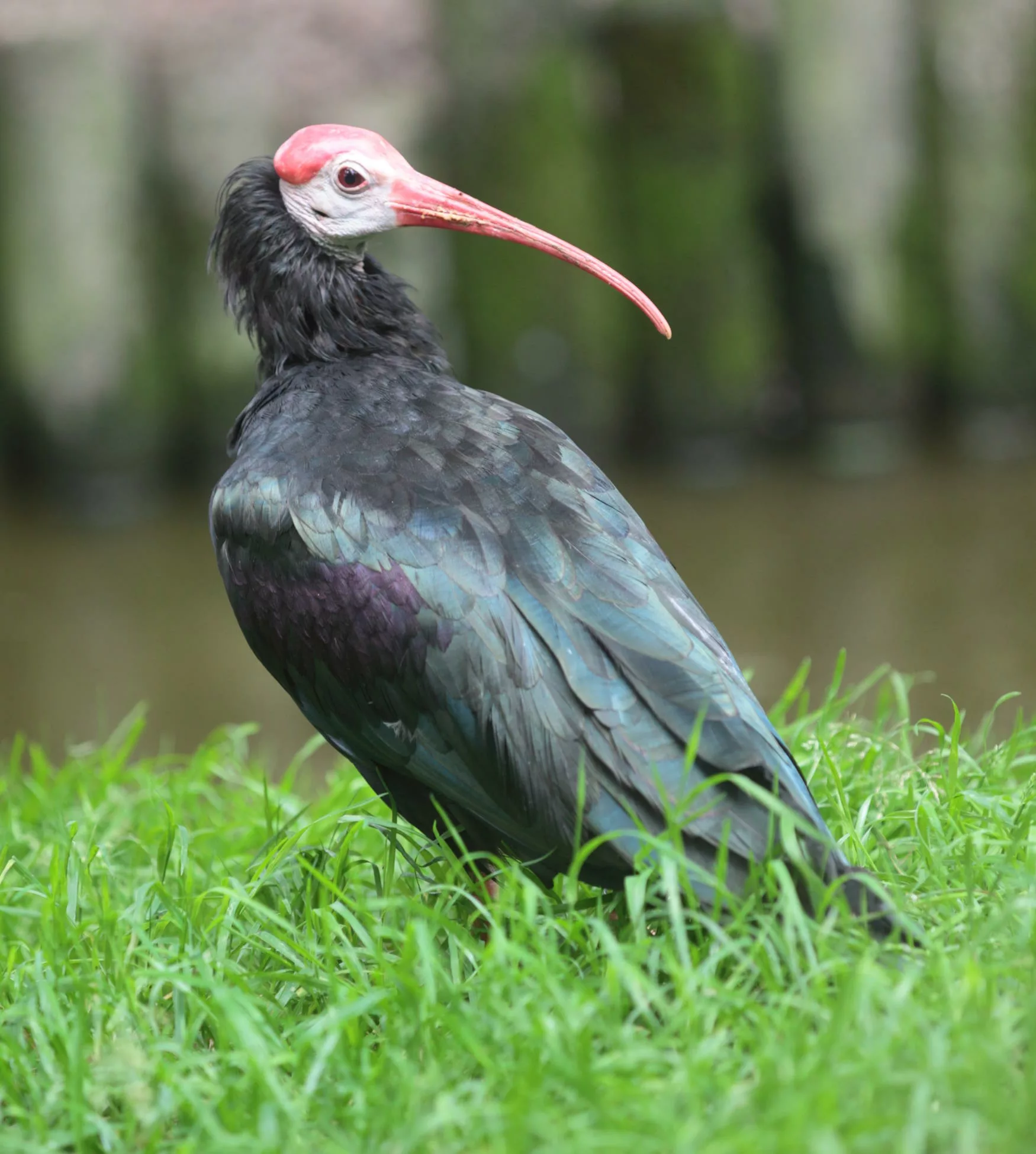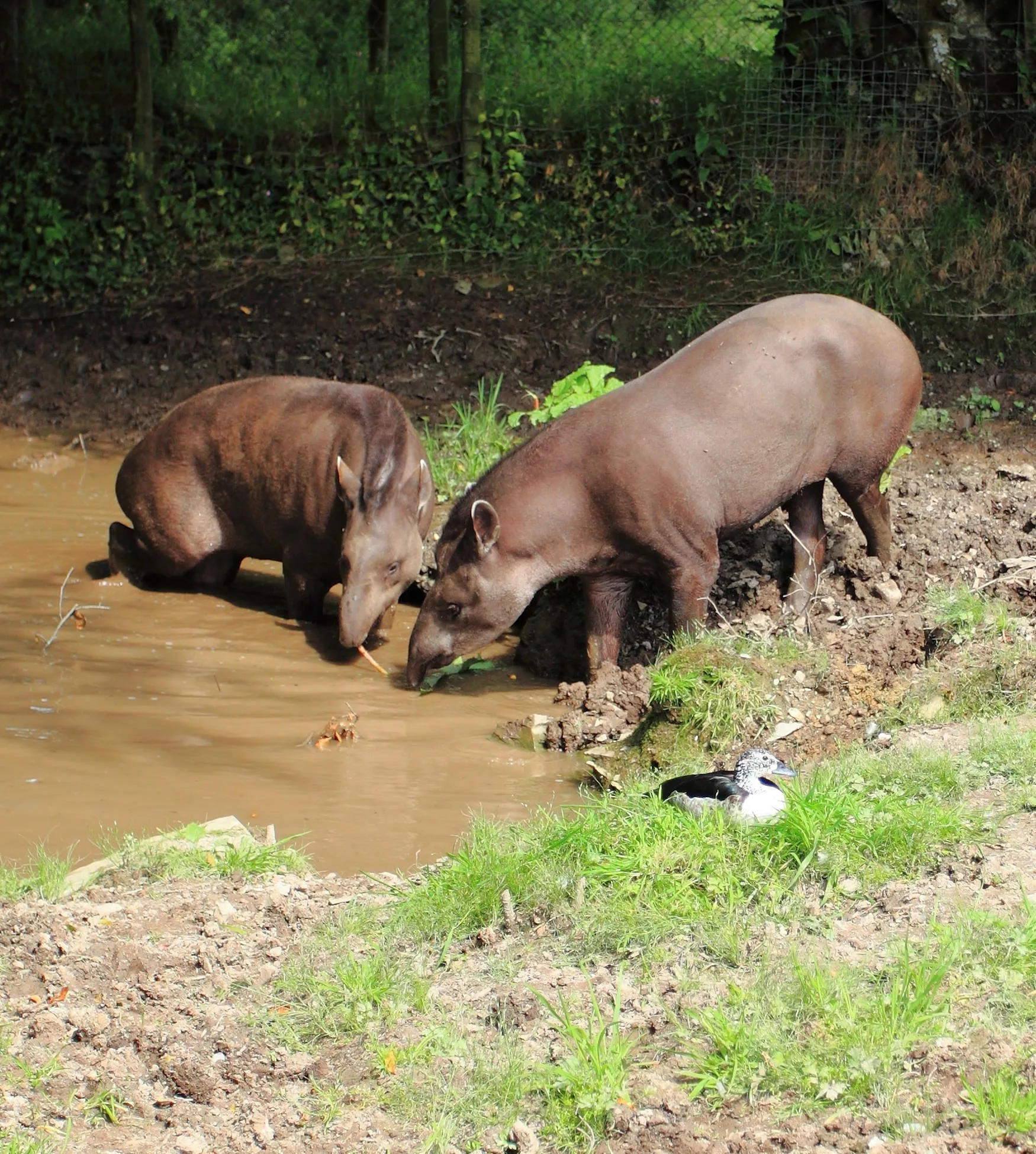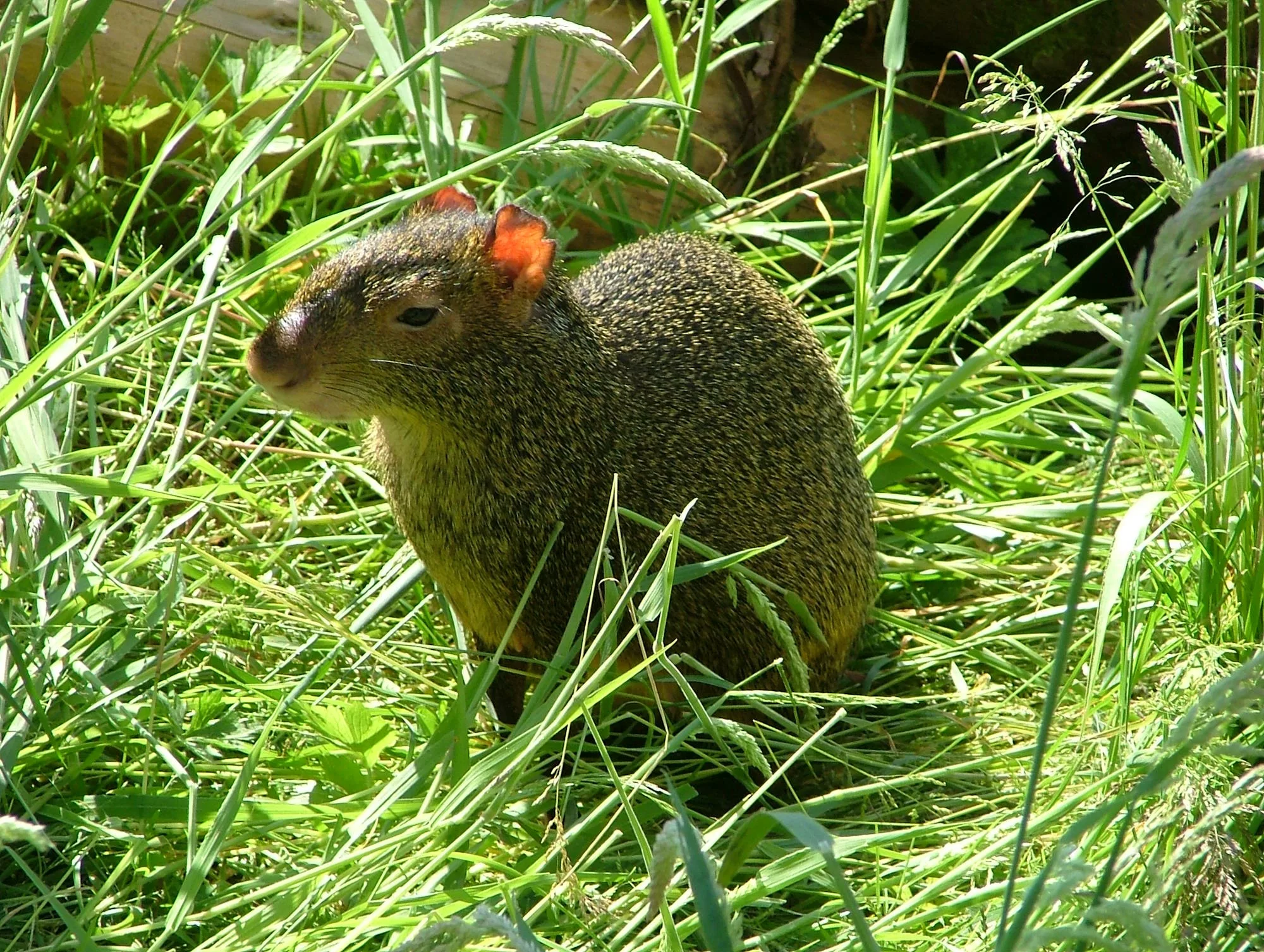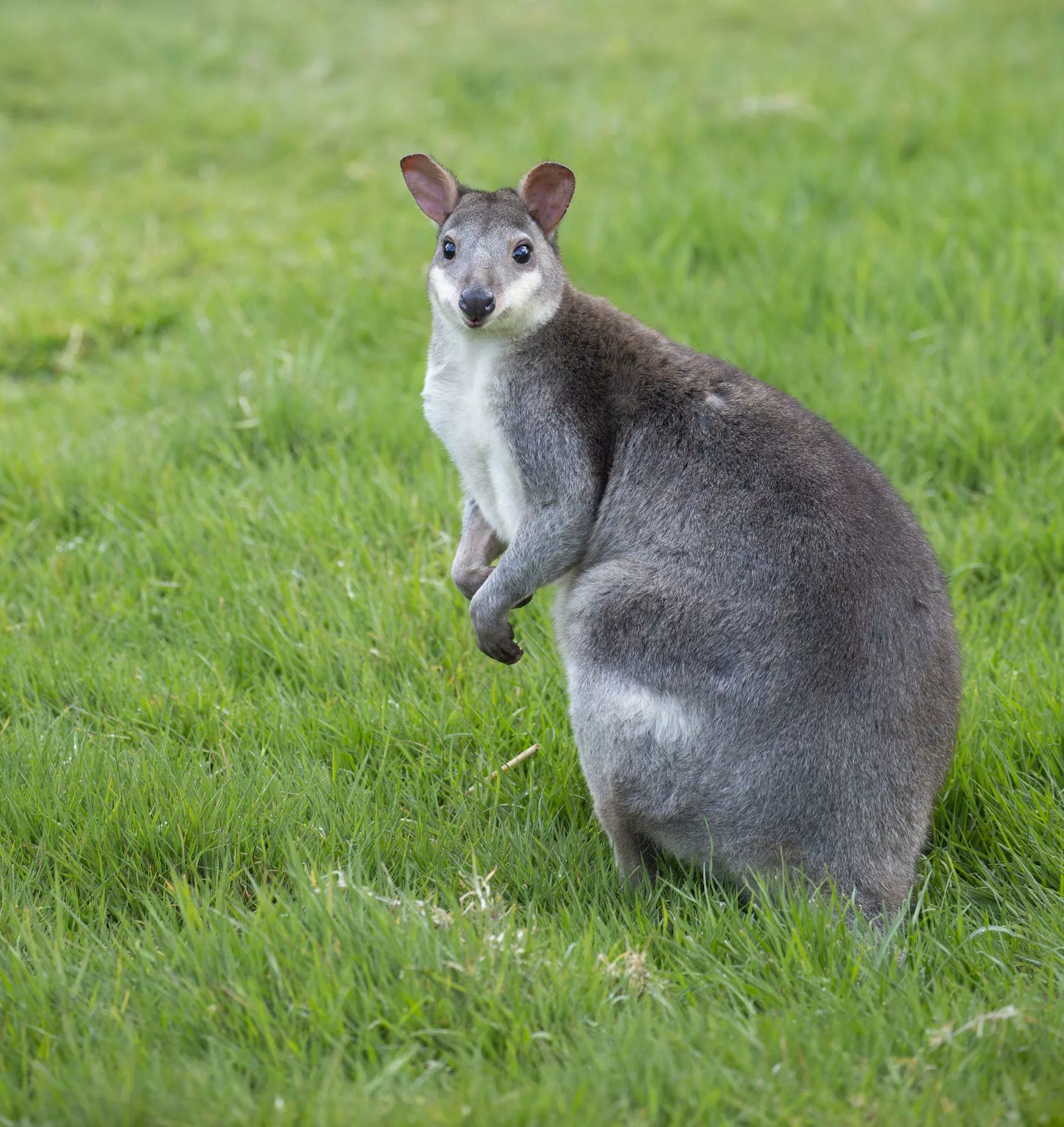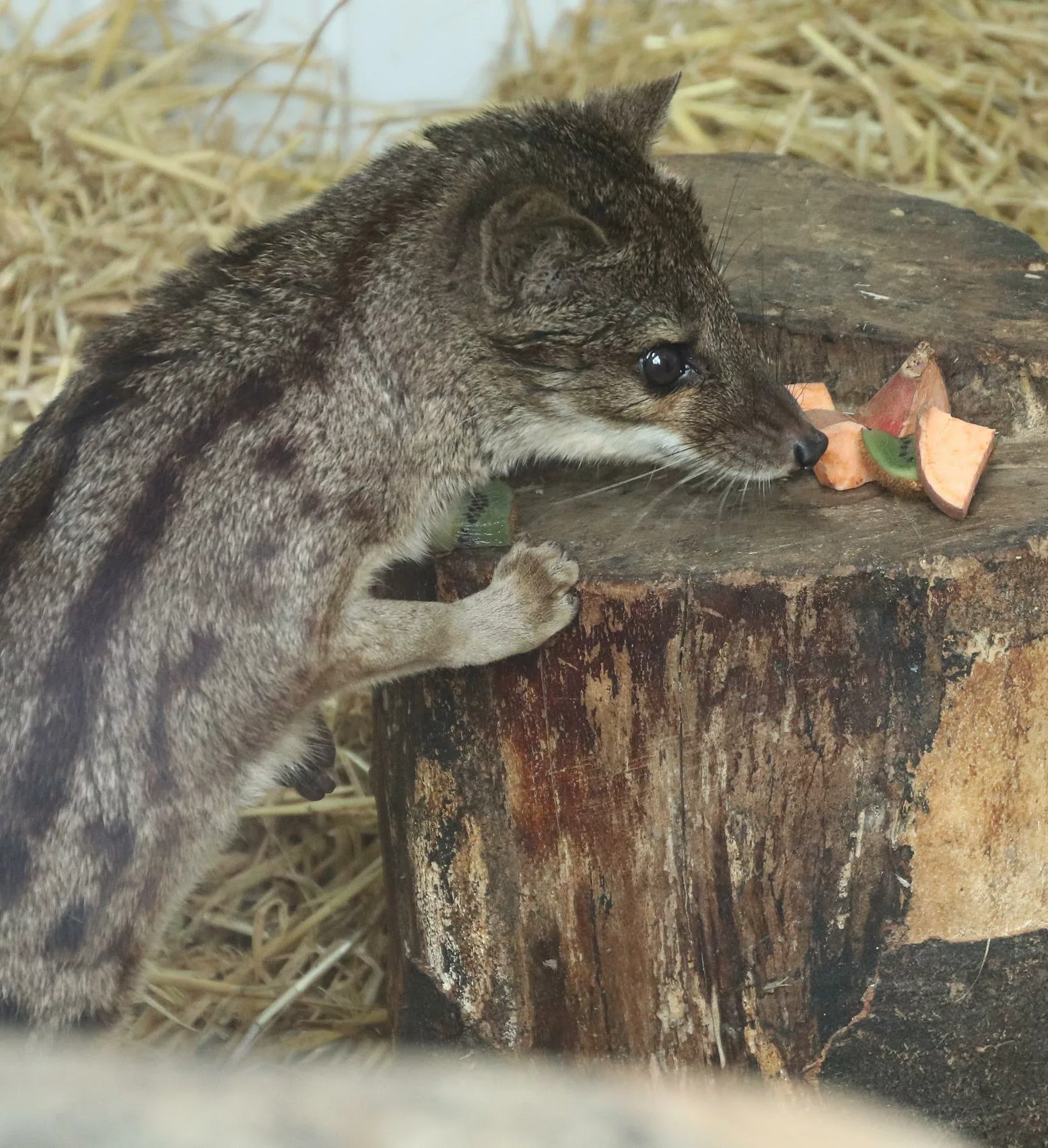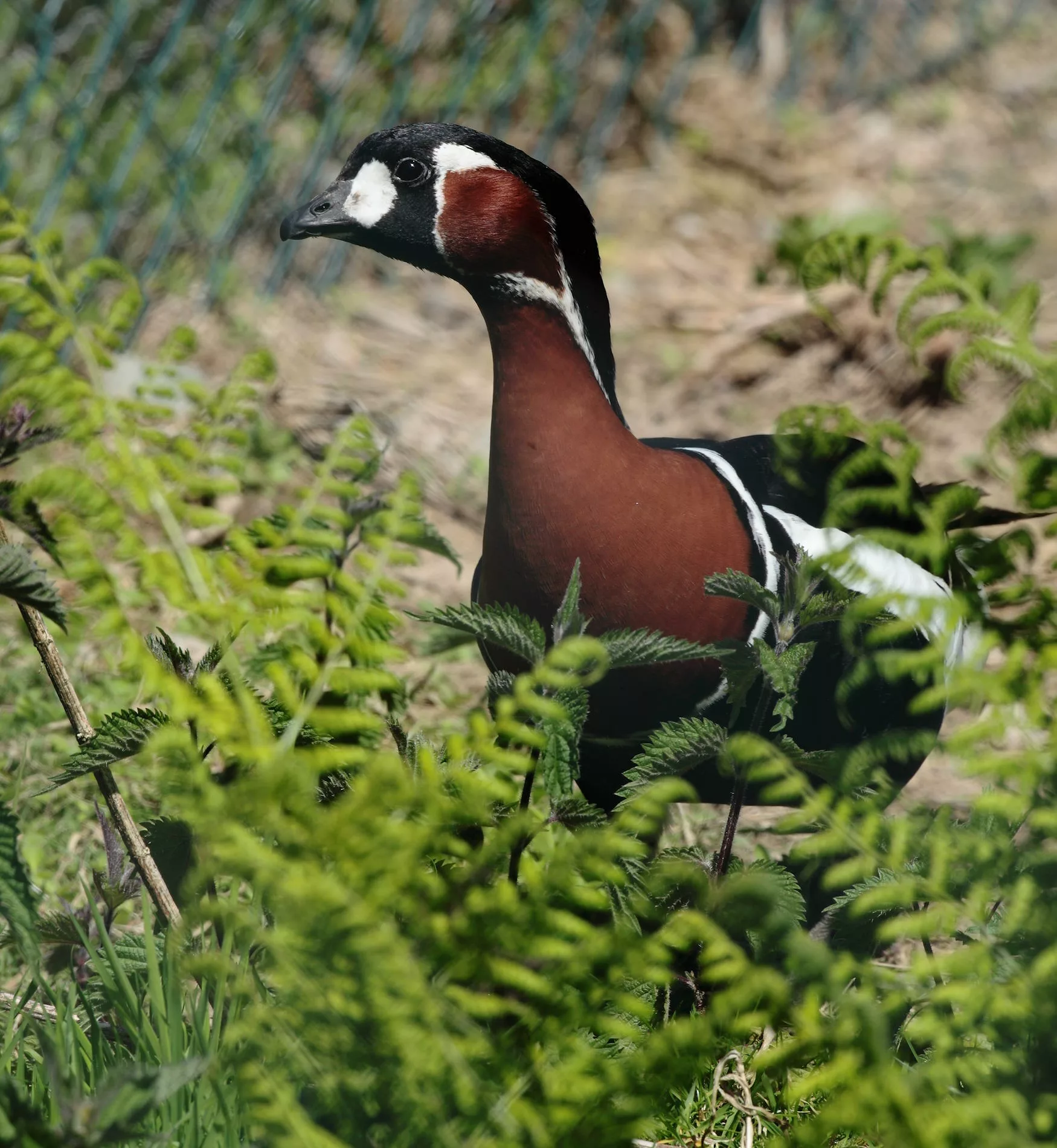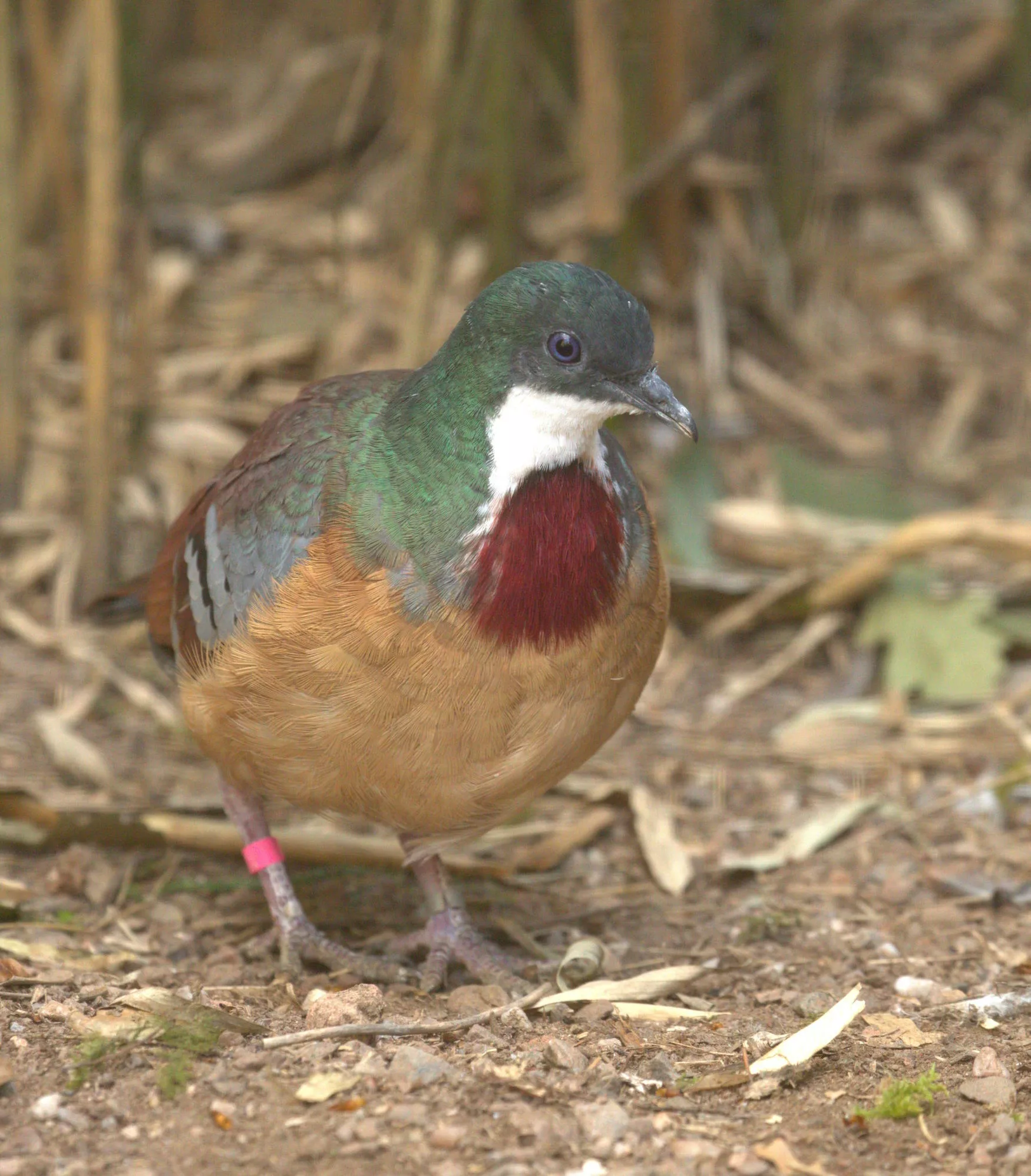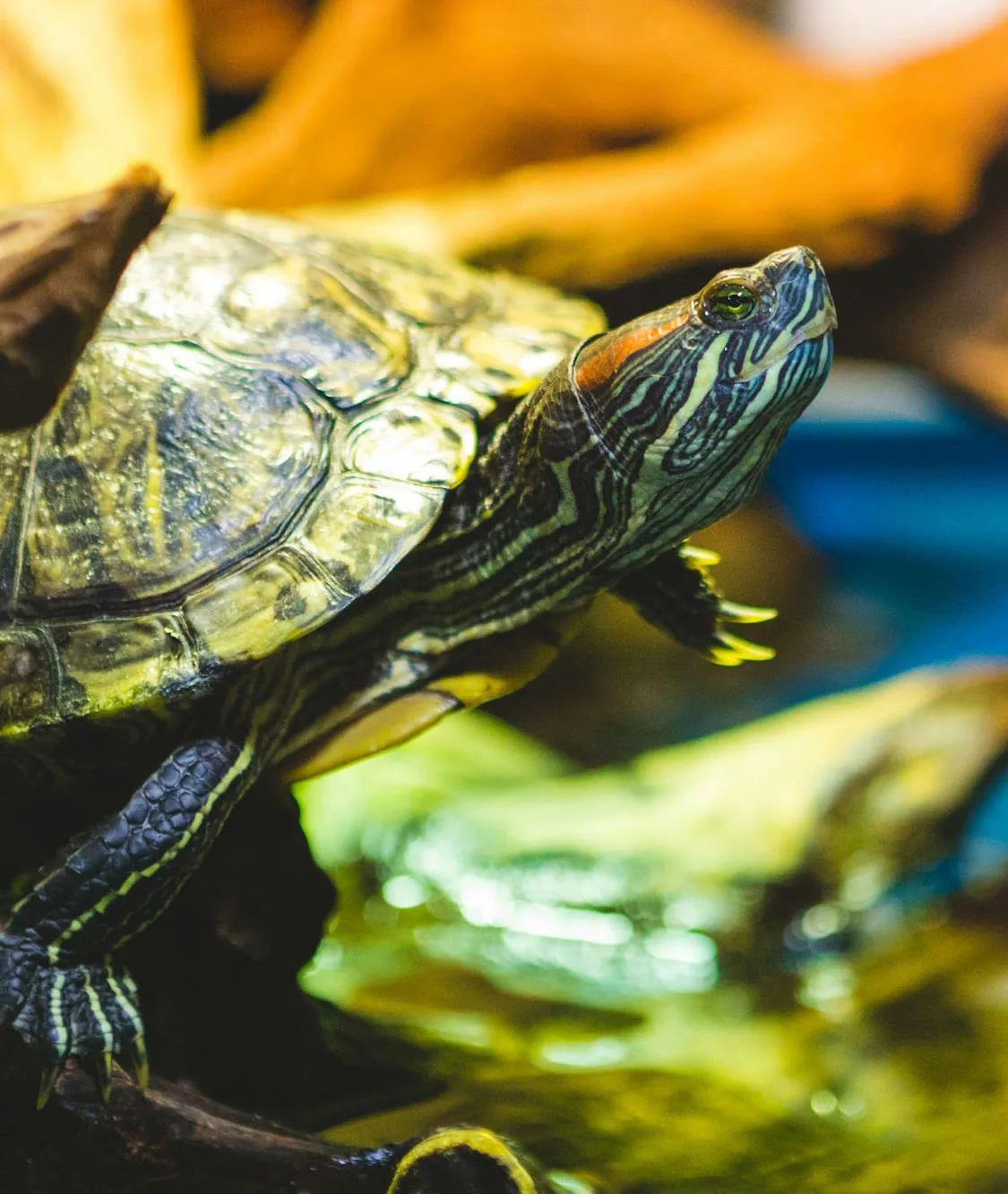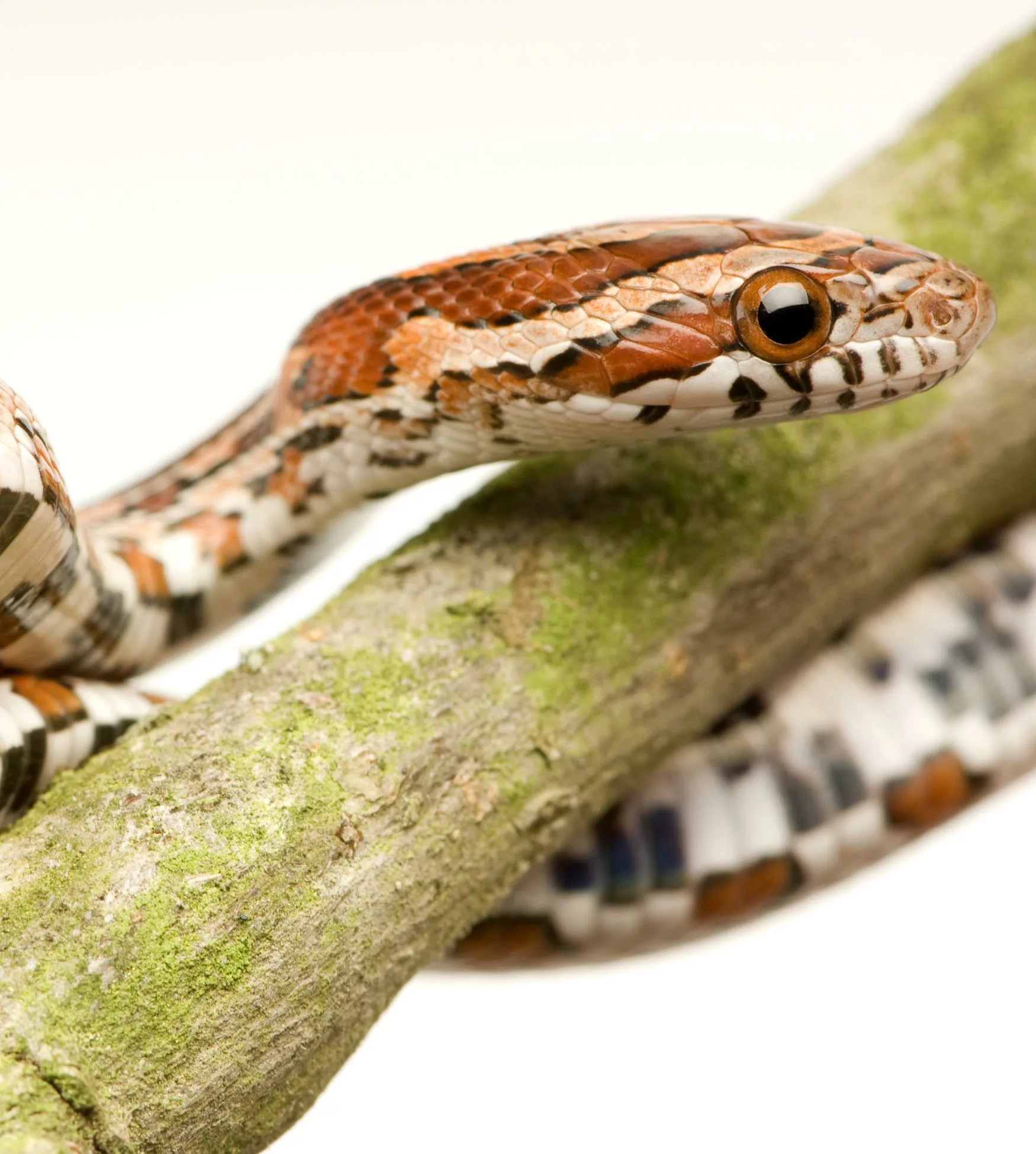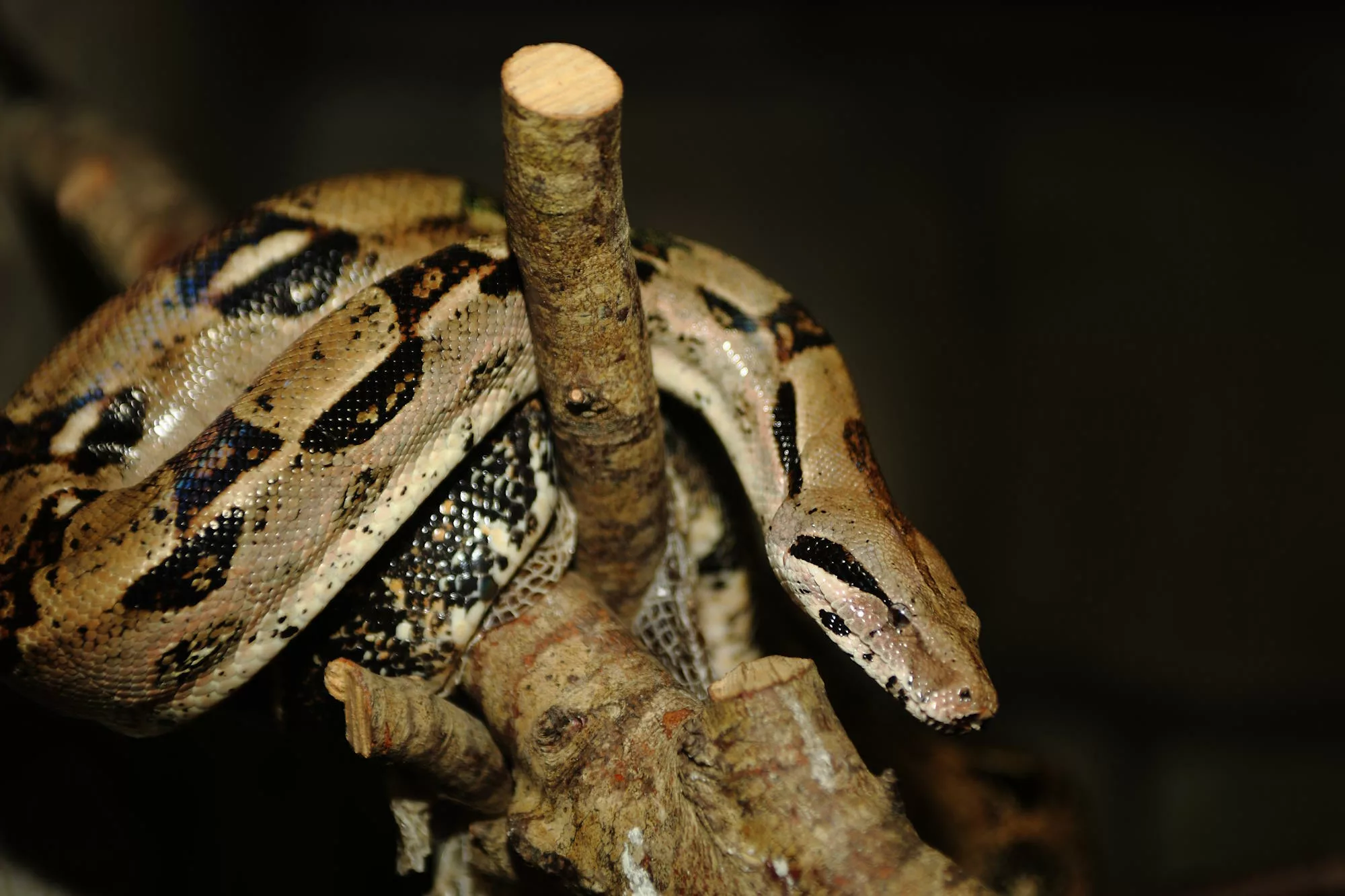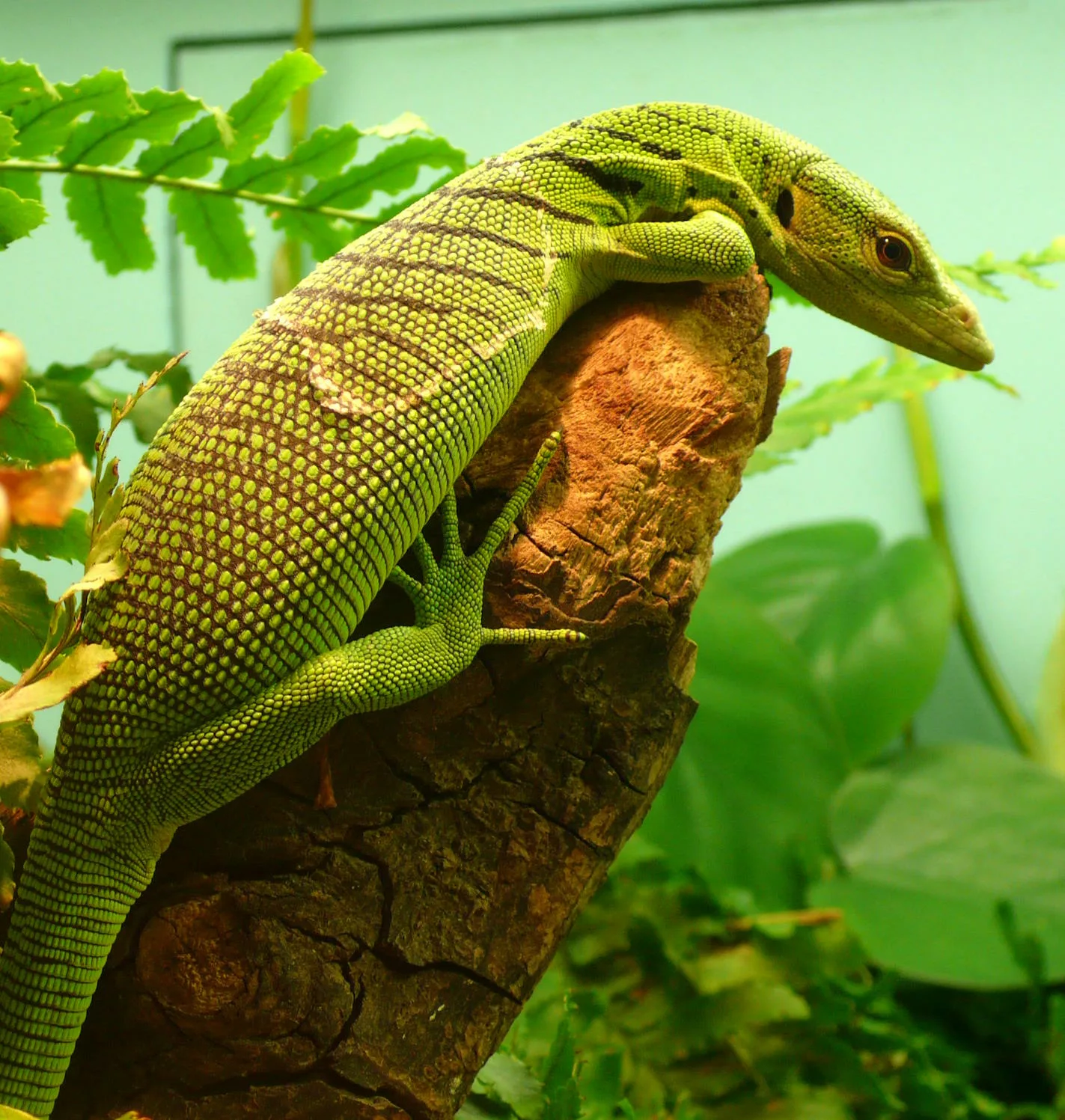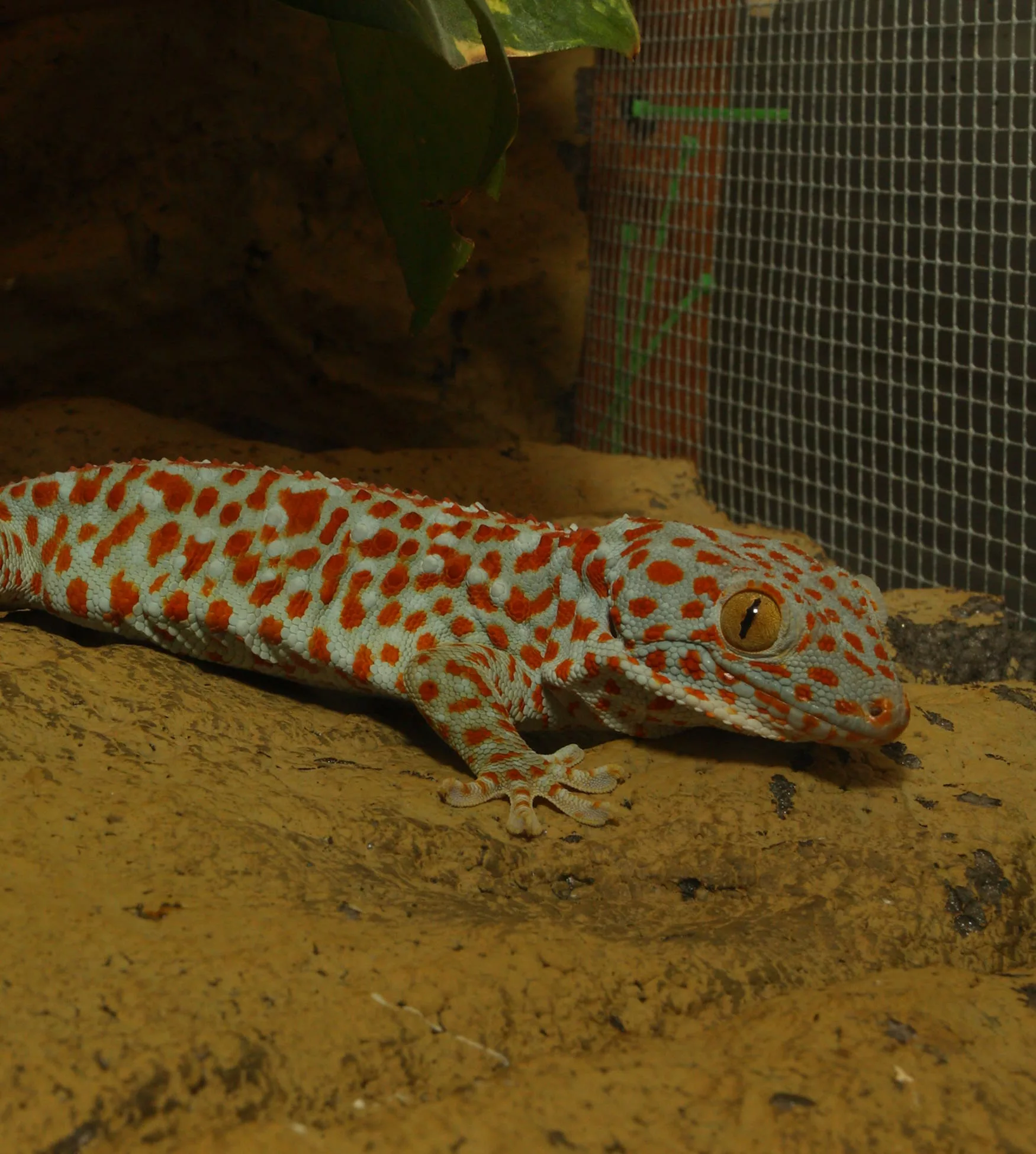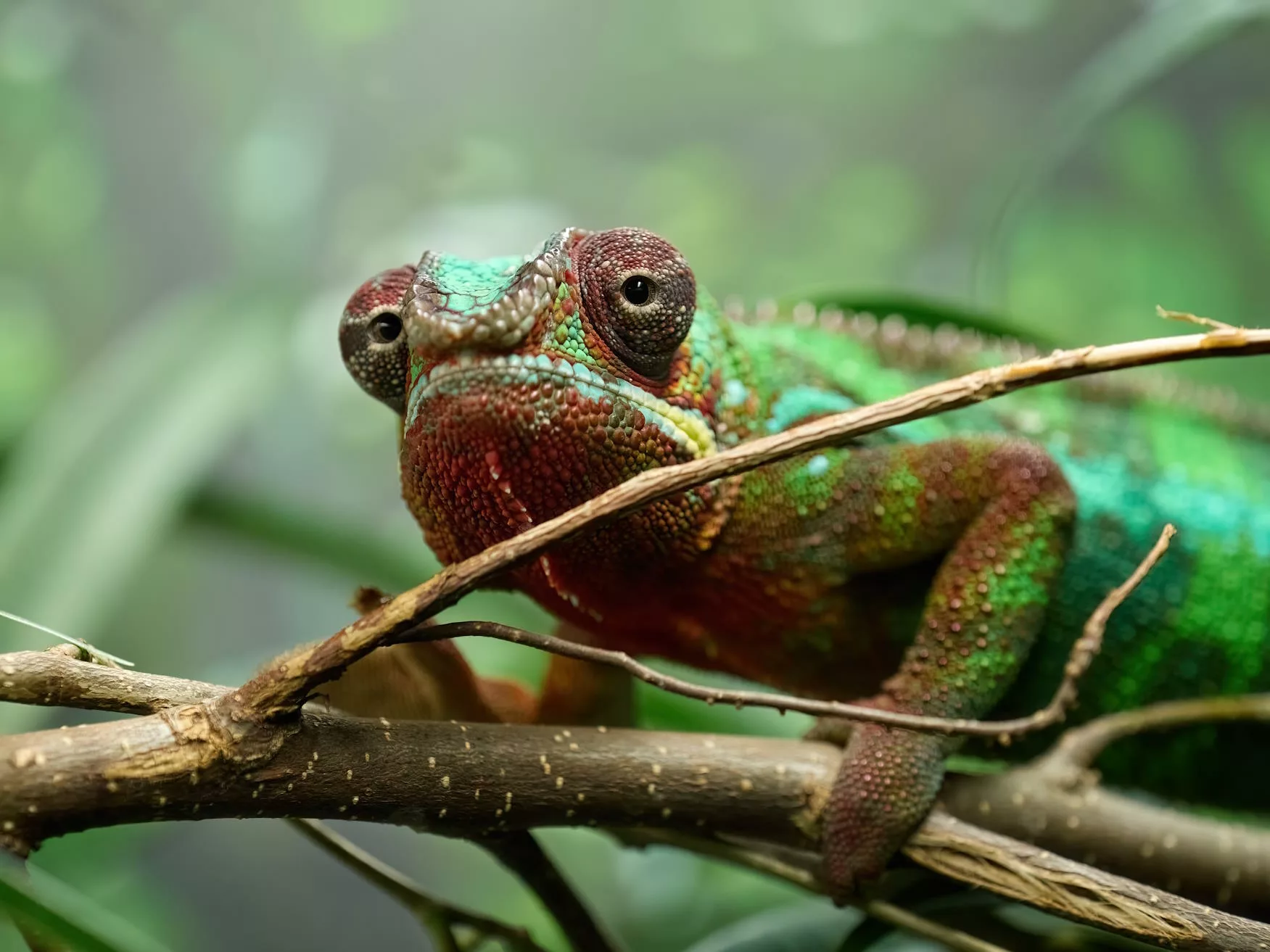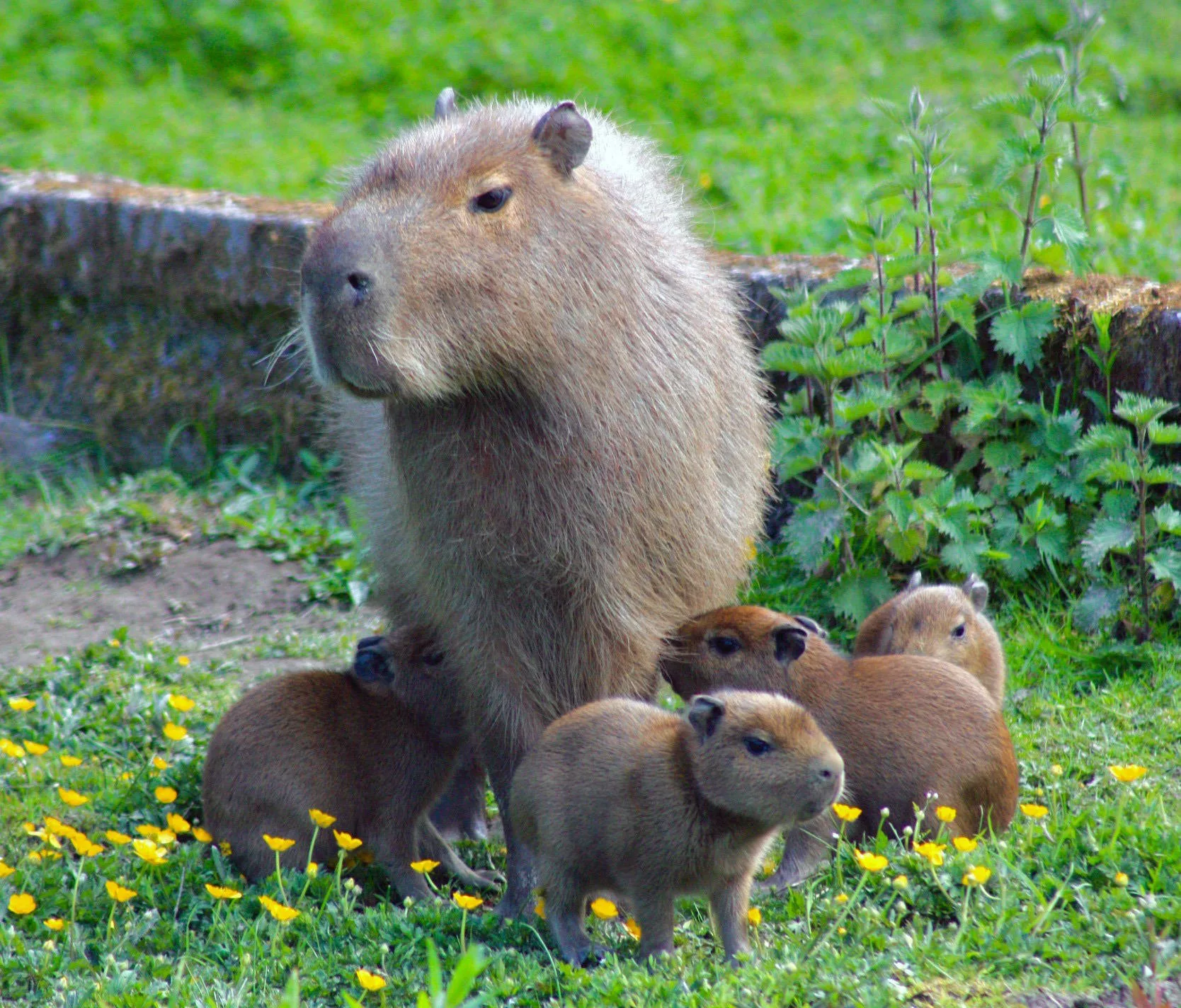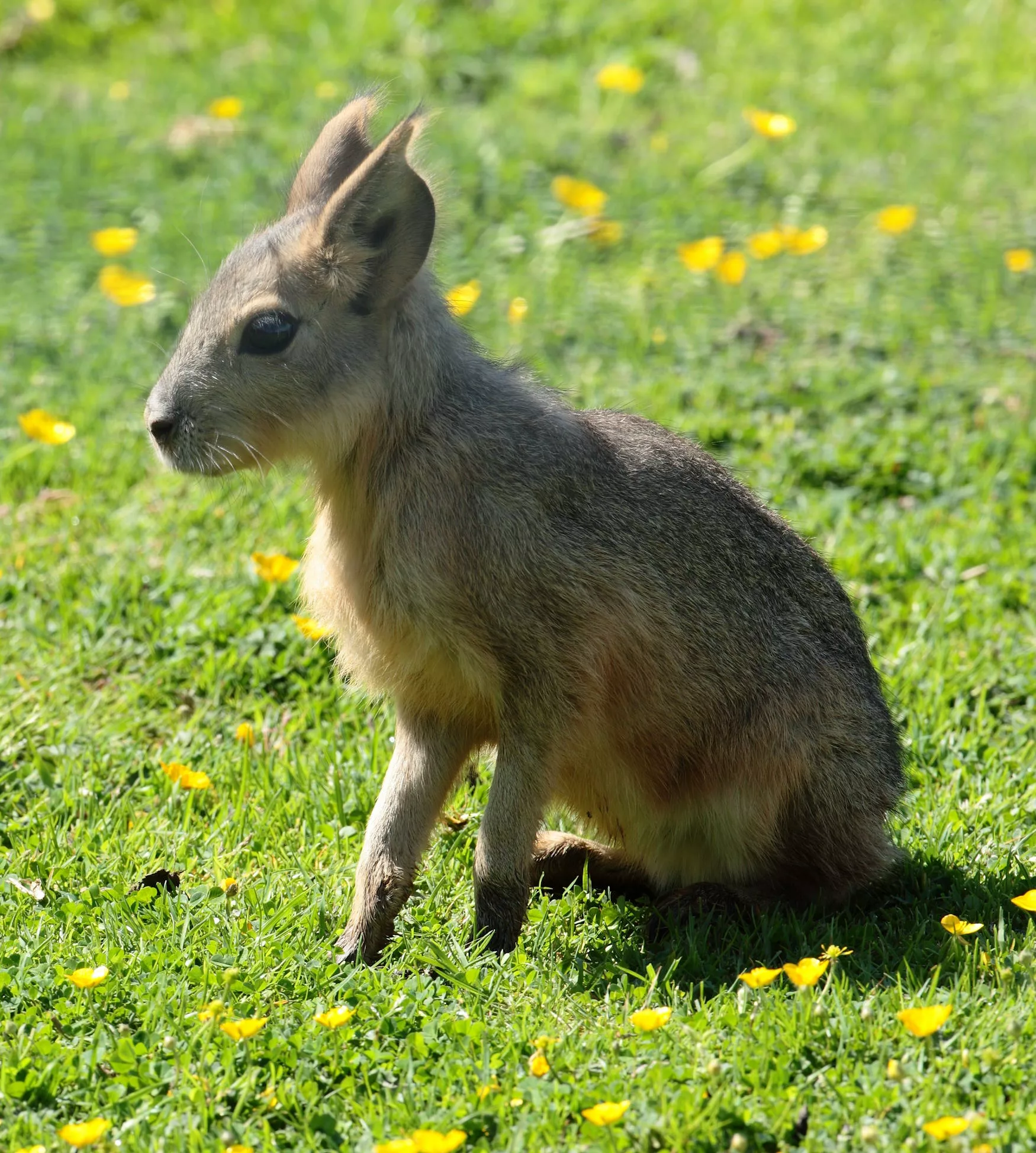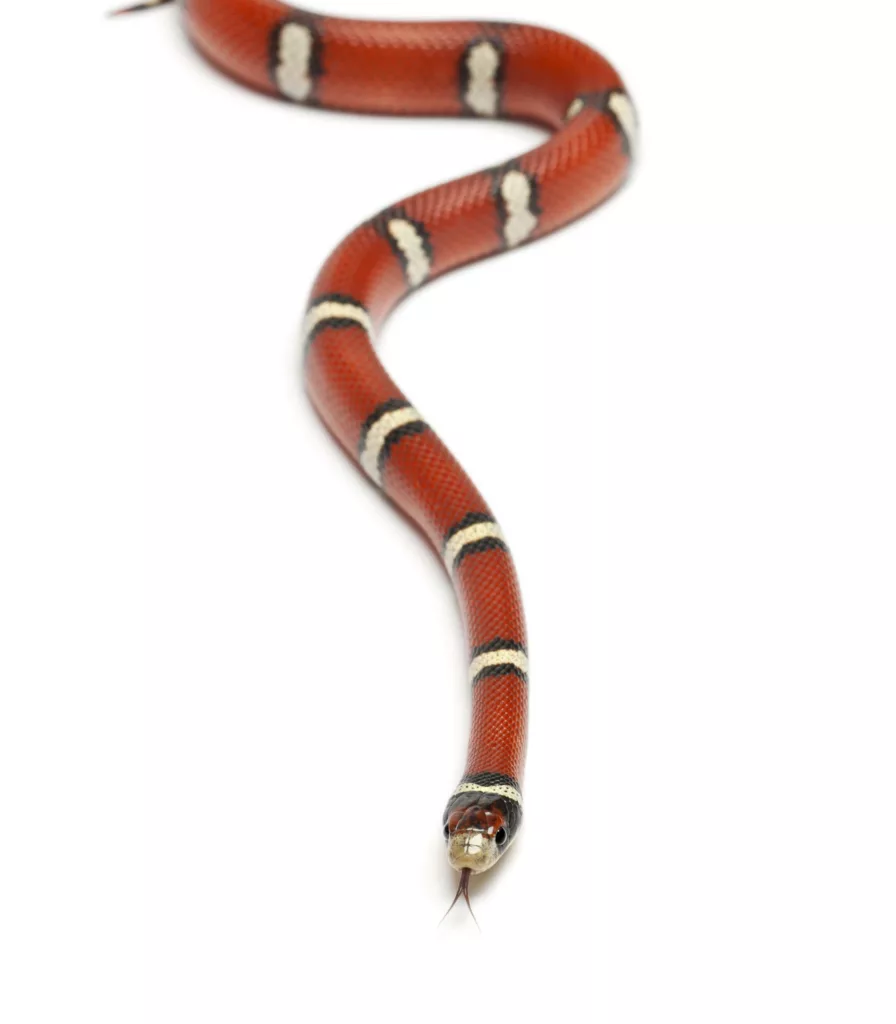
Milksnake
Scientific name: Lampropeltis triangulum
IUCN listed as: Least Concern
Learn before you visit!
Here are some facts about the species – Discover what they eat, find out about their natural habitat, see what they like to do, and more… Set the reading style to suit you too, everyday speak or something aimed towards children.
Child-friendly
Everyday
Diet
Milksnakes are carnivorous reptiles that primarily prey on small mammals such as mice, voles, and occasionally birds and their eggs. They are constrictors, meaning they wrap their bodies around their prey to suffocate it before swallowing it whole. Milksnakes are opportunistic feeders and adapt their diet based on availability and their own size.
Milksnakes eat small animals like mice and birds. They wrap around their food to squeeze it tightly before eating it.
Breeding
Milksnakes reproduce sexually, with females typically laying clutches of 5 to 20 eggs. These eggs are deposited in hidden locations like rotting logs or burrows, where they are incubated for about 8 to 10 weeks before hatching. Young Milksnakes are independent from birth and must fend for themselves.
Female milksnakes lay groups of eggs in hidden spots like old logs. The eggs hatch after a couple of months, and baby snakes are on their own from the very beginning.
Habitat
Milksnakes inhabit a diverse range of habitats across North America, including forests, grasslands, and rocky areas. They are particularly found in edge habitats where different ecosystems meet, providing them with ample opportunities for hunting and hiding. These snakes are adept climbers and can often be found in trees or shrubs.
Milksnakes live in lots of places in North America, like forests and rocky areas. They like places where different types of land meet, so they can find food and hide.
At the zoo
Milksnakes are popular exhibits in zoos due to their striking colour patterns and relatively easy care in captivity. They are housed in enclosures designed to mimic their natural habitats, which include both hiding spots and areas to explore. Zookeepers ensure they are provided with appropriate temperatures and a varied diet to maintain their health.
Milksnakes are popular in zoos because they have cool colours and are easy to look after. They live in enclosures that look like their homes in the wild, with places to hide and explore.
Behaviour
Milksnakes are non-venomous and generally docile, although they may hiss and vibrate their tails if threatened. They are primarily nocturnal hunters but can be active during the day, especially in cooler weather. Milksnakes are known for their mimicry of venomous coral snakes, displaying bold colour patterns to deter predators.
Milksnakes are safe for people because they don’t have venom. Sometimes they make hissing noises or shake their tails when they’re scared. They hunt at night, but they also come out during the day when it’s not too hot.
Fun facts
- Milksnakes have colourful bands of red, black, and yellow, which can confuse predators into thinking they are venomous coral snakes.
- They are skilled climbers and can be found in trees and shrubs searching for prey.
- Milksnakes are constrictors, meaning they coil around their prey and squeeze until it stops breathing.
- These snakes are often kept as pets because of their calm temperament and striking appearance.
- Milksnakes are known to hibernate during the colder months, often in communal dens with other reptiles.
- Milksnakes have cool colours with red, black, and yellow bands that make them look like dangerous snakes.
- They are good at climbing trees and bushes to find their dinner.
- Milksnakes give their prey big hugs—they squeeze tight until it can’t breathe anymore!
- People like to keep milksnakes as pets because they’re friendly and don’t bite.
- In winter, milksnakes take a long nap with their friends in a cozy den to stay warm.
More animals to discover at our zoo
Quick Links
Tickets & Prices
You can buy tickets for Exmoor Zoo securely online, as well as finding out more price options, discover offers, and more…
What’s on…
Exmoor Zoo hosts incredible Events all through the year. You can find out about what we’ve got in store here…
Routes & info
Like any great discovery, Exmoor Zoo can feel a little off the beaten path – but don’t worry – you can plan your journey with our recommended routes and other useful travel info.
